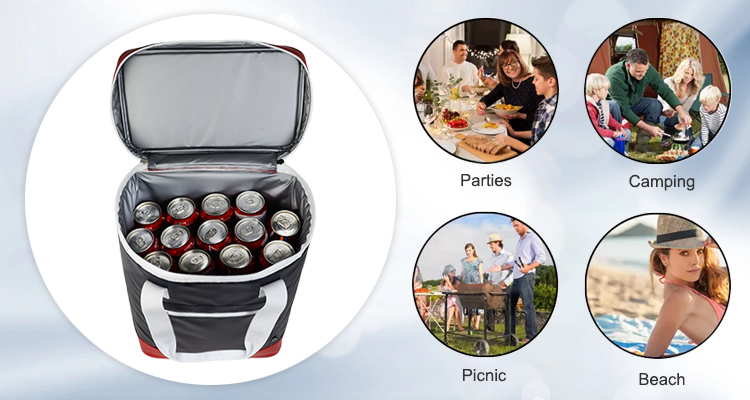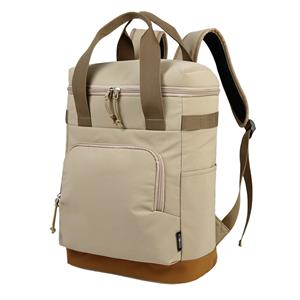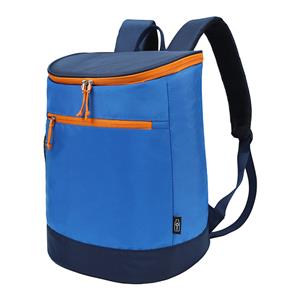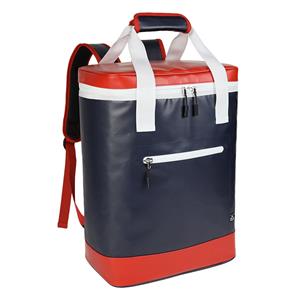- Corporate News
- Industry News
- Blog
- Product news
Cooler Backpacks: A Comprehensive Guide to Choosing and Using Them
When it comes to outdoor activities, travel, and situations where keeping items cool is essential, cooler backpacks have become a must - have accessory. These innovative products combine the insulation capabilities of a traditional cooler with the hands - free convenience of a backpack, making them suitable for a wide range of uses. From hiking and camping to beach days and food delivery, cooler backpacks offer a versatile and practical solution. In this comprehensive guide, we will explore everything you need to know about cooler backpacks, including how to choose the right one, how to use them effectively, and the various applications where they excel.

The first step in understanding cooler backpacks is to examine their construction and materials. A high - quality cooler backpack is built to withstand the rigors of outdoor use while maintaining effective insulation. The outer shell is typically made from durable, water - resistant fabrics like polyester or nylon. These materials are chosen for their ability to repel water, preventing the backpack from becoming water - logged and heavy, which could compromise its insulation properties and make it uncomfortable to carry.
Beneath the outer shell lies the insulation layer, which is the heart of the cooler backpack's functionality. High - performance models use advanced insulation materials such as closed - cell foam. This foam contains tiny air pockets that trap cold air and slow down heat transfer from the outside environment. To further enhance the insulation, many cooler backpacks incorporate reflective materials like aluminum - foil - laminated fabrics or specialized thermal - reflective films. These materials reflect heat away from the backpack's interior, helping to maintain cooler temperatures for longer periods.
The inner lining of the backpack is another critical component. It is usually made from a food - safe, moisture - resistant material that prevents leaks and protects the contents from condensation. This lining ensures that any moisture from melting ice or cold items doesn't seep into the backpack's fabric or other contents, maintaining a dry and sanitary environment.
Cooler backpacks come in a variety of sizes to accommodate different user needs. Compact models with capacities ranging from 10 to 15 liters are ideal for individual use during short trips like day hikes, beach visits, or sporting events. They can comfortably hold a few bottles of water, a packed lunch, and some snacks. For group activities, camping trips, or situations where a larger quantity of items needs to be kept cool, cooler backpacks with capacities of 25 liters or more are available. These larger models can store multiple cases of beverages, larger food containers, and several ice packs to ensure sustained cooling over longer durations.





